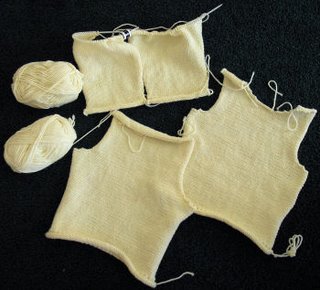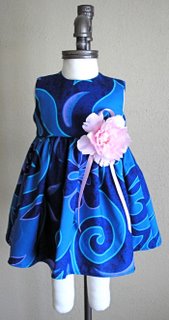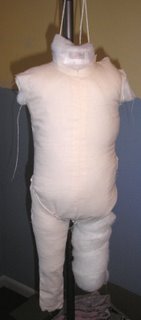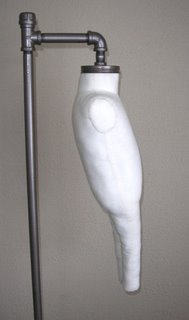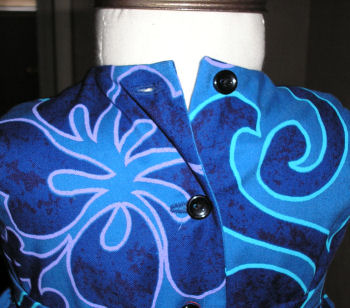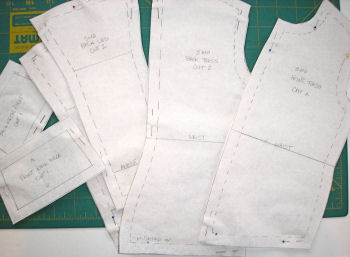 I chose a pattern I had made as a teenager - it came from an old high school Home Ec manual of the 1950s. I loved this pattern as a teenager, but what I failed to realize is that I (ahem) am not a teenager anymore. The original pattern has a cute bib with ties. I am thinking my younger, shorter sister, aka Twiggy, should be able to wear this with no problem. She recently has expressed an interest in cooking, so I will tuck a couple of my favorite go-to recipes in the pocket.
I chose a pattern I had made as a teenager - it came from an old high school Home Ec manual of the 1950s. I loved this pattern as a teenager, but what I failed to realize is that I (ahem) am not a teenager anymore. The original pattern has a cute bib with ties. I am thinking my younger, shorter sister, aka Twiggy, should be able to wear this with no problem. She recently has expressed an interest in cooking, so I will tuck a couple of my favorite go-to recipes in the pocket.I know that I said most of my gifts would be made from scraps. Well, I purchased this fabric from the thrift store for about $2 and it has been collecting dust in my stash for at least 5 years. I think it counts - plus, this fabric may show up in other scrappy projects.
 I left the bib off of my apron, which works just fine. DH says it makes me look like a 1950s housewife. Not sure what to say about that..... Anyhoo, both aprons are trimmed with some left over ribbon along the hem and pocket. And yes, I am wearing socks with my shoes because the mountains are chilly this time of year.....
I left the bib off of my apron, which works just fine. DH says it makes me look like a 1950s housewife. Not sure what to say about that..... Anyhoo, both aprons are trimmed with some left over ribbon along the hem and pocket. And yes, I am wearing socks with my shoes because the mountains are chilly this time of year..... Here is the book that I acquired as a teenager. I still love it. I wish modern Home Ec books were so practical about making a home as this one.
Here is the book that I acquired as a teenager. I still love it. I wish modern Home Ec books were so practical about making a home as this one.Up next on the list for Nov 8th is "Whimsy". I have no idea what I will come up with. I may browse some books at the library for ideas. Whimsical is something I am not so this may be a good design exercise.











